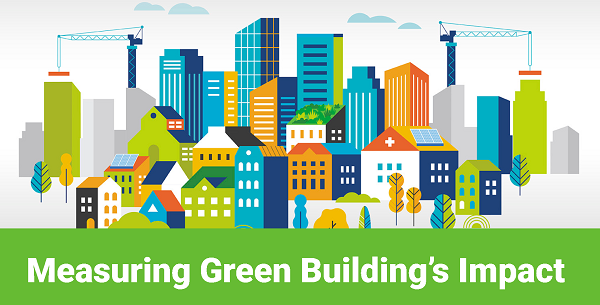 Sunday, September 29, 2024
Sunday, September 29, 2024  Sunday, September 29, 2024
Sunday, September 29, 2024 
Today, Canada Green Building Council launched a new initiative designed to rally support for a green recovery that includes green building. Industry leaders Real Property Association of Canada (REALPAC), Canadian Urban Institute, Royal Architectural Institute of Canada, and more have lent their support to encourage government decision-makers to direct stimulus spending toward green building initiatives.
According to CaGBC research, Canada’s green building sector already contributes $47.9B to the GDP and employs almost half a million people. As part of a new report coming this fall, a government stimulus package that prioritizes green building can contribute almost $150B to the economy and employ 1.5 million people by 2030.
“We firmly believe that investments in green building will not only help to reignite Canada’s economy, but provide opportunities that no other sector can offer,” said Thomas Mueller, President, and CEO of CaGBC. “Green buildings offer an immediate financial return on investment as they are less expensive to operate and are healthier for occupants. Even better, they will benefit Canadians for years to come by driving sectoral innovation and creating skilled jobs, all while reducing the carbon impact from buildings.”
Following an unprecedented global health crisis, Canada is presented with the challenge of reigniting a stalled economy. Like the 2008 recession, governments are likely to turn to economic pillars such as construction and infrastructure to create urgently needed jobs.
Such a massive investment will have far-reaching impacts for Canadians well into the future. But as Canada battles this pandemic and its economic fallout, the government must not overlook the opportunity to achieve its commitment of net-zero emission by 2050.
“In these difficult times, it is easy to lose sight of other challenges we face right now,” said Mueller. “Canada has less than ten years to reach its 2030 targets on carbon reduction. Without targeted action today, future generations will suffer from significant environmental, economic, and social disruptions that will outpace the impact of COVID-19.”
CaGBC asks building industry leaders to add their voice to the call for a green recovery that prioritizes green building at cagbc.org/greenrecovery and shapes the low-carbon industry of tomorrow.
CaGBC will be publishing the full Green Building in Canada report in September, including a deep dive into the national and regional green building market.
About
CaGBC is the leading national organization dedicated to advancing green building and sustainable community development practices. As the voice of green building in Canada, CaGBC works closely with its national and chapter members in an effort to make every building greener. CaGBC reduces environmental impacts from the built environment through project certification, advocacy and research, and has helped meet the demand for skilled workers by providing green building education to more than 30,000 professionals across the country since 2002. CaGBC established the LEED® green building rating system in Canada and developed the country’s first Zero Carbon Building Standard. It also oversees the Canada Coalition for Green Schools and is a member of the World Green Building Council supporting international efforts to reduce environmental impacts from the built environment.
Construction Links Network – the peer-to-peer content sharing platform for the construction, building and design community